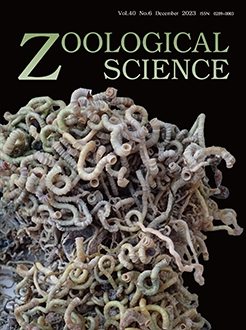To explore the physiological role and/or pharmacological effects of ommochrome, which is a natural organic pigment widely distributed in Protostomia, we attempted to investigate the influence of ommochrome on RT-PCR and activities of restriction enzymes. It was found that ommin, an ommochrome purified from the diapause eggs of Bombyx mori, inhibited the RT-PCR and restriction enzyme activities. The mechanism of these inhibitory reactions is assumed to be the direct binding of ommochrome to DNA rather than acting against the enzymes because, similarly to actinomycin D, there is a phenoxazine ring in the structure of ommin that is known to be intercalated to DNA. To reveal the ommin/DNA interaction, it was investigated by computational approaches such as molecular docking, molecular dynamics simulation, and free energy calculation. From the computational analyses, it was expected that ommin would bind to DNA with almost the same strength as actinomycin D and intercalate into DNA. This is the first report on the pharmacological effect of ommochrome and its inhibitory mechanism obtained from biochemical and computational analyses.
How to translate text using browser tools
21 November 2023
Inhibitory Effect on RT-PCR and Restriction Enzyme Activity by Ommochrome and Its Mechanism
Hiroshi Sawada,
Keisuke Mase,
Rimi Koyama,
Atsushi Suenaga
ACCESS THE FULL ARTICLE

Zoological Science
Vol. 40 • No. 6
December 2023
Vol. 40 • No. 6
December 2023
DNA intercalation
enzyme inhibitor
ommin
ommochrome
phenoxazine ring




